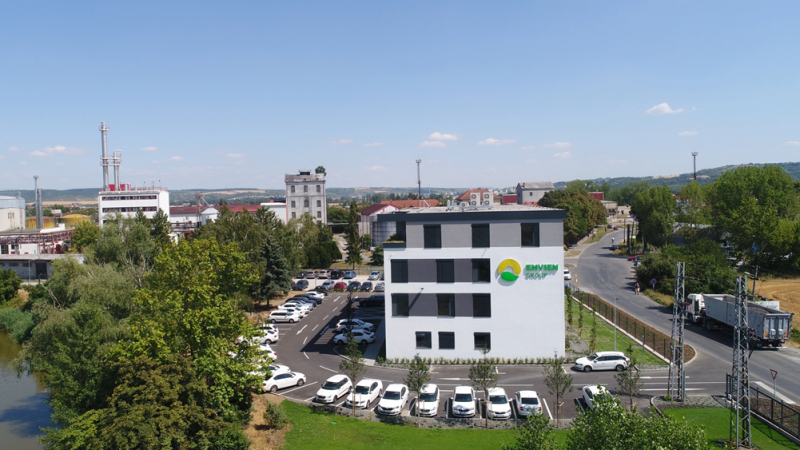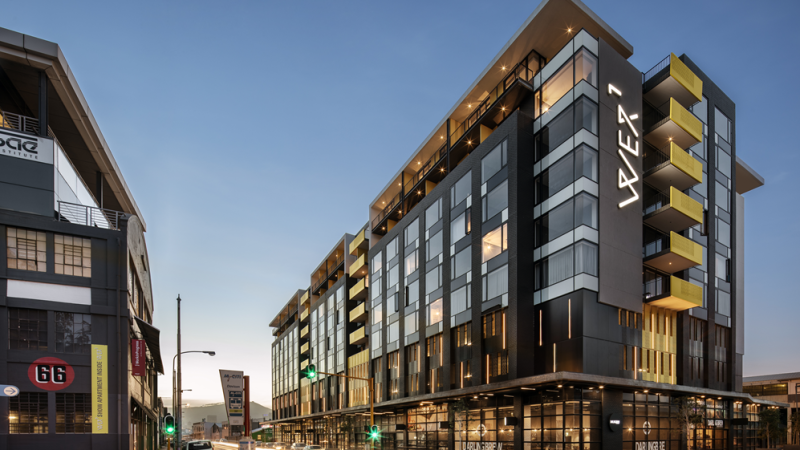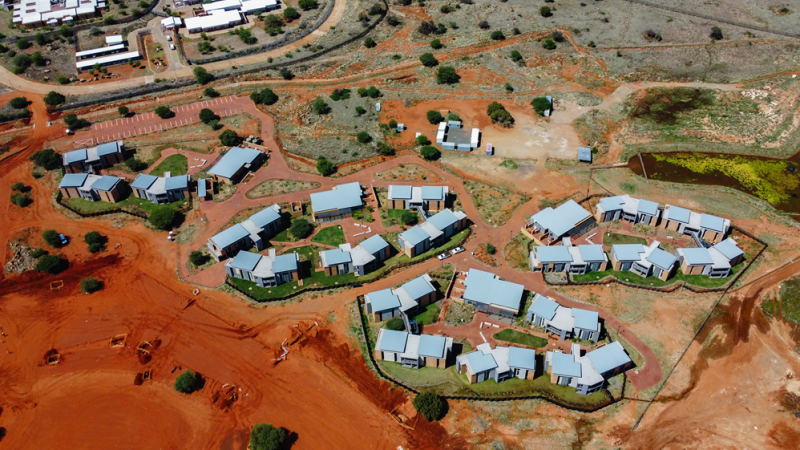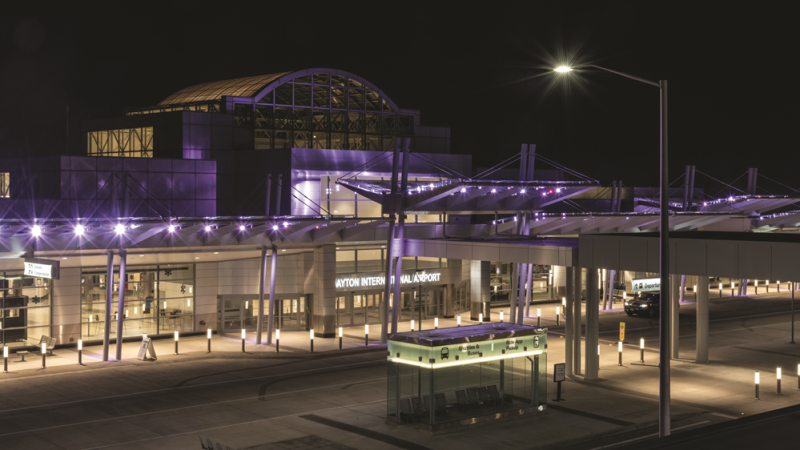We learn how the Airport Authority of Jamaica is a valuable partner to airport management companies like MBJ Airports Ltd, recovering from the pandemic and expanding Jamaica’s potential as a destination.
The Airports Authority of Jamaica was established in 1974 by the “Airports Authority Act” as an independent statutory body with responsibility for Jamaica’s two international airports, namely, Norman Manley International Airport and Sangster International Airport, eventually expanding to assume authority for the island’s four domestic aerodromes. Since it was founded, the Airports Authority of Jamaica has worked diligently to fulfil its mandate of developing and operating a safe and secure airport system for Jamaica.
Today, the authority owns not just Norman Manley International Airport and Sangster International Airport, but also the Ian Fleming International Airport in St Mary. But as well as overseeing these facilities, the authority also works in close partnership with the businesses that manage them, as we find out when we talk to Shane Munroe, Chief Executive Officer of MBJ Airports Limited, which has managed Sangster International Airport on a 30-year concession since 2003.
 “Our relationship with the Airports Authority of Jamaica is very close because as owners we have to ensure we’re meeting the obligations set out in our concession agreement, but beyond that, we also work closely with them on initiatives to improve the aviation services provided to passengers here in Montego Bay,” Munroe explains. “That relationship is very close to the extent that we are working with them on a project to extend the runway, funded by the government but overseen by MBJ Airports Ltd.”
“Our relationship with the Airports Authority of Jamaica is very close because as owners we have to ensure we’re meeting the obligations set out in our concession agreement, but beyond that, we also work closely with them on initiatives to improve the aviation services provided to passengers here in Montego Bay,” Munroe explains. “That relationship is very close to the extent that we are working with them on a project to extend the runway, funded by the government but overseen by MBJ Airports Ltd.”
That partnership has proven to be more vital than ever, given the challenges that have faced not just Jamaica, but the entire aviation sector.
“The biggest challenge is coming off the back of the pandemic. We have had to recover the routes that we had pre-Covid,” Munroe tells us. “There has been very strong performance for traffic out of South America, but there are packages post-pandemic with certain destinations that have not yet recovered as well as South America. Europe and North America are still recovering. We have to work hard to recover to pre-pandemic levels and even grow beyond that.”
Both MBJ Airports Ltd and the Airports Authority of Jamaica are aware that the nation’s aviation industry is competing with other destinations, and must continuously improve both its products and airport facilities to meet and exceed the needs of passengers and other stakeholders.
A Focus on Development
To remain competitive, both organisations continue to focus on air service development, seeking out new airline partners and establishing new routes to Jamaica.
“We are active in the route development arena and are having discussions with several airlines to see how we can attract them to fly to Jamaica from South America and Europe,” Munroe says.
To continue to develop Jamaica’s appeal, a range of infrastructure projects are being executed across airport facilities, to ensure they are sufficient to meet passenger traffic.
Fortunately, these projects benefit from the fact that even during the height of the Covid pandemic, MBJ and the Airports Authorities continued to expand facilities even as other parts of the country were shut down. Together they opened new retail offerings while improving passenger circulation, seating, and even natural lighting.
“It’s a very significant addition to the airport footprint, to improve the passenger experience. We will have an entirely new retail program with an exciting food and beverage program,” Munroe says. “That is how we approach airport development. We want to be a step ahead and remain the Caribbean’s leading airport, exceeding passenger expectations.”
It is work that is set to continue into the future, including the development of new projects including the construction of a new air-sea lounge and investment in Sangster’s western terminals.
On the Cutting Edge
For Jamaica to retain the competitive edge it needs, it is not enough to simply build new shops, however. Starting with Sangster International Airport, the Airports Authority of Jamaica is assisting in a major technological overhaul.
“We will see a full replacement of the passenger processing systems used by airlines at check-in counters to reduce processing times and wait times,” Munroe says. “We are implementing much more self-service technology. We are increasing the number of kiosks to 60 by the end of this year.”
This is alongside some exciting pilot projects in the area of biometrics, ensuring passengers can check in off-site, tag their own bags and use their identity to pass through checkpoints seamlessly and efficiently.
“We want to ensure they spend the least possible amount of time in queues so that they can enjoy our facilities with the least stress possible,” says Munroe.
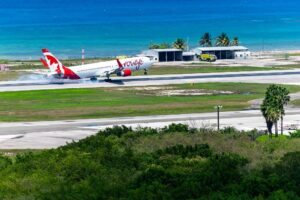
“There is a strong correlation between the time it takes a passenger to go through and their use of the retail programme,” adds Sharon Hislop-Holt, MBJ’s Manager of Commercial Business Development. “We strive to ensure that throughout the journey, everything customers want is there. That is what we are working on as part of the redevelopment.”
The technological advancement Jamaica’s airports are introducing goes beyond the check-in desks, however. MBJ Airports Ltd is involved in solar initiatives with local schools, engaging a firm to install solar PV at early childhood institutions.
“That is not just important on the social side but is also part of the sustainability effort here in terms of reducing our dependence on traditional fuels,” Munroe emphasises. “We have access to solar as an energy source, and we intend to extend that initiative beyond that school. We are looking at projects related to environmental sustainability, such as recycling.”
Eventually, the goal is for Sangster International Airport to be 100% powered by renewables, with major investments in solar energy already underway to reduce Jamaica’s dependence on fossil fuels.
But as well as being environmentally sustainable, Jamaica’s airports also aim to uplift the communities of Jamaica as a whole.
“A big focus for us is our community sustainability plans and CSR efforts,” Munroe shares. “The goal here is to ensure that the community are offered opportunities to improve their skills and lifelong learning. The airport itself has a training centre with on-airport delivery of skills training for people within the community who can take up roles not only at the airport but in the wider tourism industry and with other companies in Jamaica.”
With Sangster International Airport alone expecting as many as 5 million passengers a year in the near future, MBJ, in partnership with the Airports Authority of Jamaica will ensure its facilities are sufficient to handle that.
“We are keenly focused on the passenger experience,” says Munroe. “The goal is not just for passengers to pass through the terminal but for the airport itself to be a destination.”

